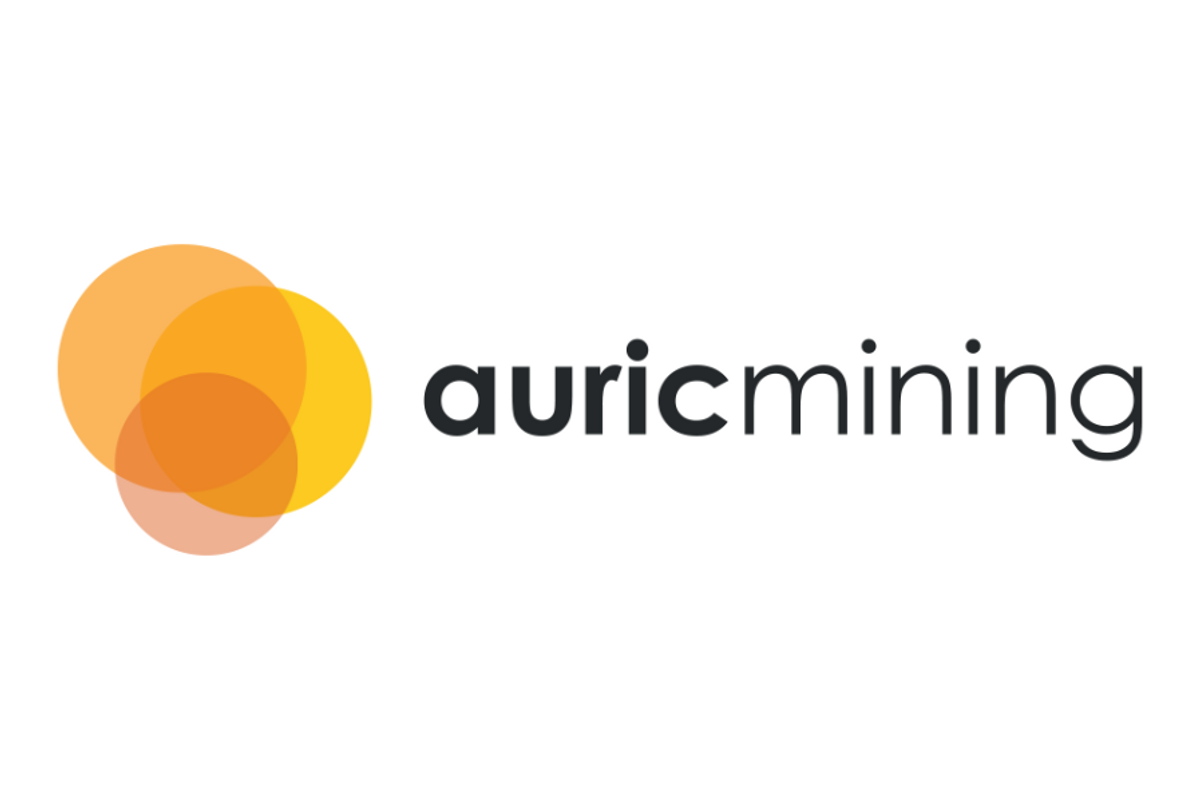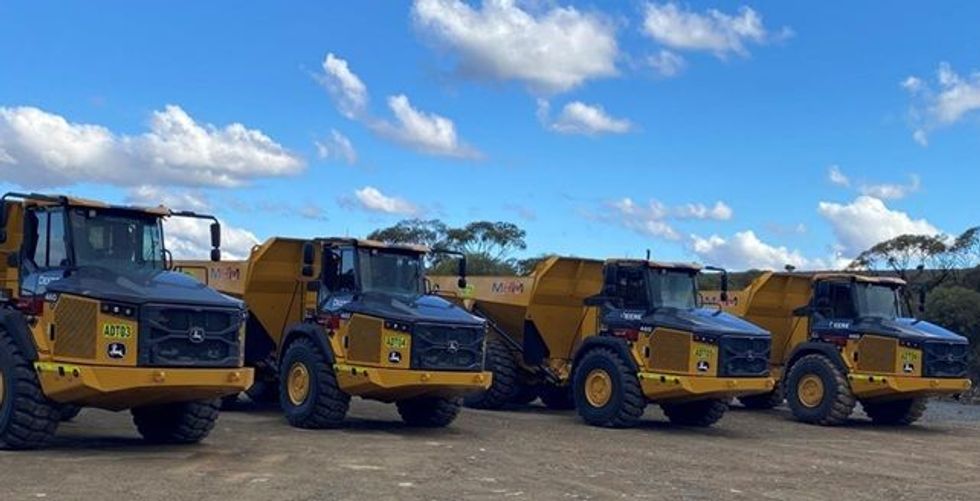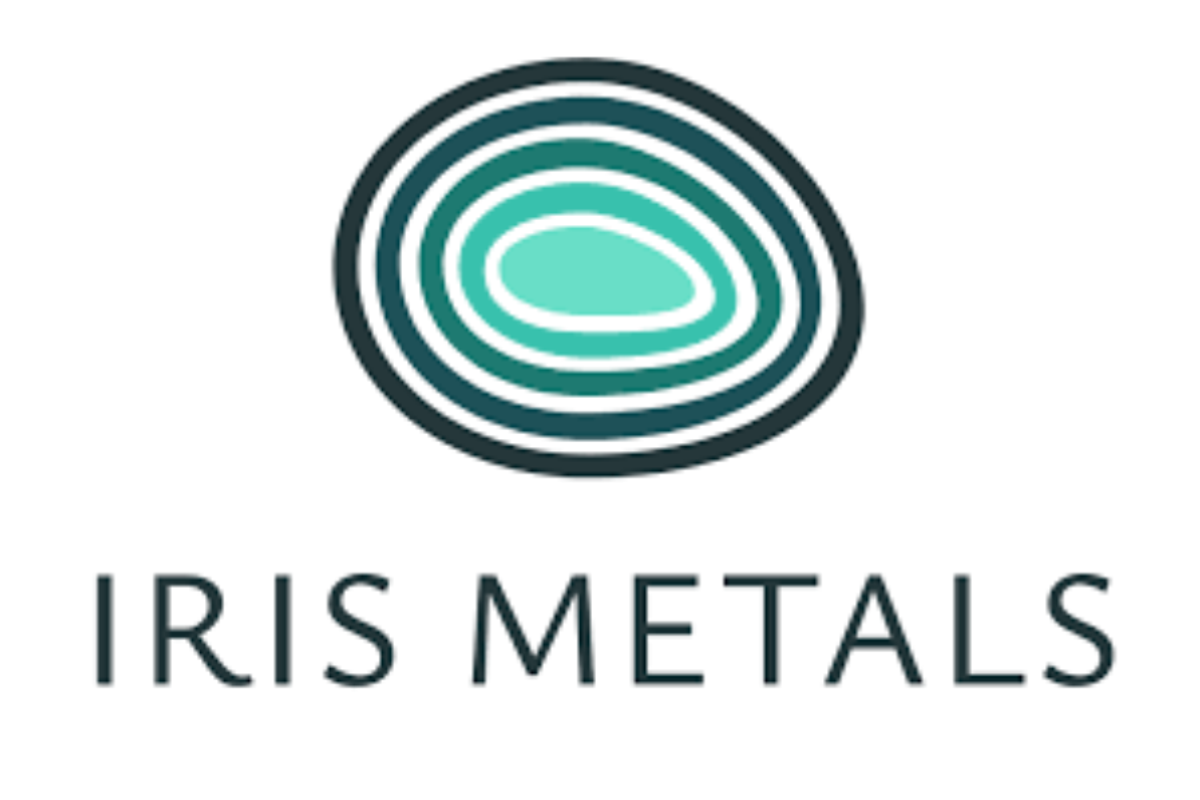
April 13, 2025
Auric Mining Limited (ASX: AWJ) (Auric or the Company) advises it has begun mobilising plant and equipment including a dry hire fleet to the Munda Gold Mine site, 5km from Widgiemooltha, Western Australia. Site preparation is underway for the imminent mining of a Starter Pit.
Highlights
- Munda Mining Proposal and Mine Closure Plan approved.
- Starter Pit site preparation commenced.
- Munda will be mined by Auric, in its own right, with Auric employees.
- Grade control drilling on a 5m x 5m pattern completed.
- Contracts executed for mining fleet hire, drill and blast and key suppliers.
- Mine camp for 12 people established near Munda.
Management Comment
Managing Director, Mark English, said: “This is a milestone moment for Auric. Our whole team is full of optimism and excited to commence the Munda Gold Mine Starter Pit.
“Munda is our major asset; containing a sizeable gold resource. We will start out conservatively with a target to mine 125,000 tonnes of ore, producing around 6,100 ounces of gold at a projected AISC of A$2,635 per ounce.
“We are right on schedule and have mobilised all the necessary machinery and infrastructure. Earth works have commenced, we will begin mining in a few days.
“The Starter Pit will take us approximately six months to complete.
“The project is another significant step, both in our ambition to become a substantial gold producer in the district, and to develop Munda to its full potential.” said Mr English.

The Munda Starter Pit Mining Proposal and Mine Closure Plan have been approved by the WA Government’s Department of Energy, Mines, Industry Regulation and Safety (DEMIRS).
Survey mark-out of the pit crest, haul road, waste dump, ROM pads and site office has been completed.
Auric has executed a contract to dry hire the mining fleet from MHM Contracting Pty Ltd. The fleet will be operated by Auric employees.
A grade control program over the Starter Pit extents for those holes accessible from surface on a 5m x 5m pattern has also been completed. A total of 428 holes for 14,670m were drilled by Kalgoorlie-based Total Drilling Services. Results have been received allowing the mine geologists to define near surface ore blocks in advance of mining. Further grade control drilling on a 5m x 5m pattern will be undertaken as mining exposes new benches.
The Company will commence mining the Starter Pit this week, where it is estimated 125,000 tonnes of ore will be extracted at an estimated grade of 1.8g/t Au at an AISC of A$2,635 per ounce (Tables 2 and 3). The Starter Pit will take approximately six months to complete.
Click here for the full ASX Release
This article includes content from Auric Mining, licensed for the purpose of publishing on Investing News Australia. This article does not constitute financial product advice. It is your responsibility to perform proper due diligence before acting upon any information provided here. Please refer to our full disclaimer here.
AWJ:AU
The Conversation (0)
09 August 2024
Auric Mining
Western Australian gold producer, explorer and developer with world-class deposits
Western Australian gold producer, explorer and developer with world-class deposits Keep Reading...
31 December 2025
Mining Industry Opposes Proposed Australian Hybrid Corporate Tax System
The Australian government's Productivity Commission is proposing a hybrid corporate tax system in accordance with the Productivity Commission Act 1998.In a report called “Creating a More Dynamic and Resilient Economy Inquiry,” the commission says that the key levers the government has to improve... Keep Reading...
24 December 2025
What is the Santa Claus Rally and Has it Arrived?
As investors bask in festive cheer, the holiday season may signal the start of the so-called Santa Claus rally.The Santa Claus rally is a period between the final trading days of December and the first days of January when stocks tend to climb. While this seasonal uptick isn’t guaranteed,... Keep Reading...
22 December 2025
Top 5 Australian Mining News Stories of 2025
From boardroom decisions to billion-dollar buildouts, 2025 was a defining year for Australian mining companies as they navigated changes in the global landscape.Escalating trade tensions, shifting US tariff policies and heightened geopolitical risk reshaped export strategies and investor... Keep Reading...
18 December 2025
CSE Bulletin: INDEX - CSE 25 Index Quarterly Rebalancing
The quarterly rebalancing of the CSE 25 Index will result in the following changes, effective after the close on Friday, December 19, 2025. Le rééquilibrage trimestriel de l'indice composé du CSE 25 entraînera les modifications suivantes, en vigueur à la fermeture le vendredi 19 décembre 2025.... Keep Reading...
18 December 2025
Iris Secures Right to High-grade Tungsten Project, Montana USA and Update on Capital Raising
IRIS Metals Limited (ASX: IR1, “IRIS” or “the Company”) is pleased to announce it has executed a binding Heads of Agreement (HOA) with Finley Mining Inc for the exclusive right to farm-in to the Finley Basin Tungsten Project (Tungsten Project) located in Granite County, Montana, USA. This... Keep Reading...
16 December 2025
Mark These Tax-loss Selling Dates on Your Calendar
As the end of 2025 nears, investors may want to consider how they can use tax-loss selling to their benefit.Buying stocks low and selling them high is ideal, but sometimes investments go sour. In such cases, all hope is not lost — at the end of the year, investors can sell investments that... Keep Reading...
Latest News
Interactive Chart
Latest Press Releases
Related News
EV Outlook
4h
TOP STOCKS
American Battery4.030.24
Aion Therapeutic0.10-0.01
Cybin Corp2.140.00





